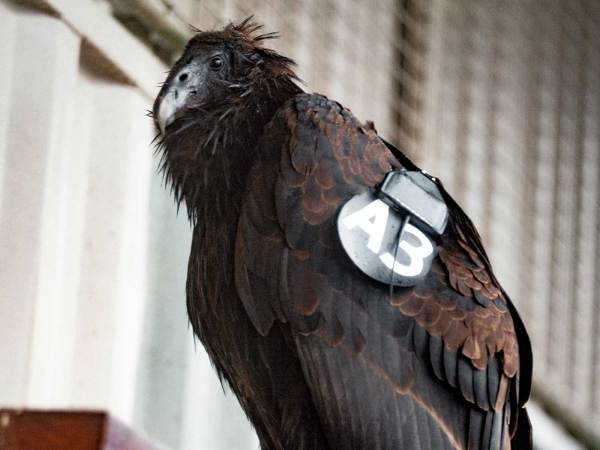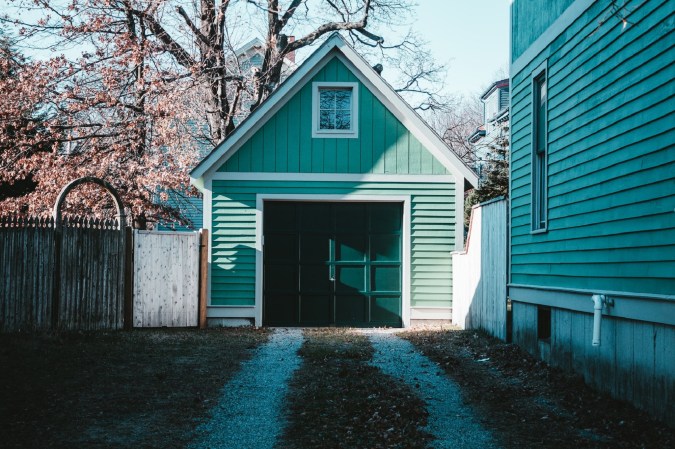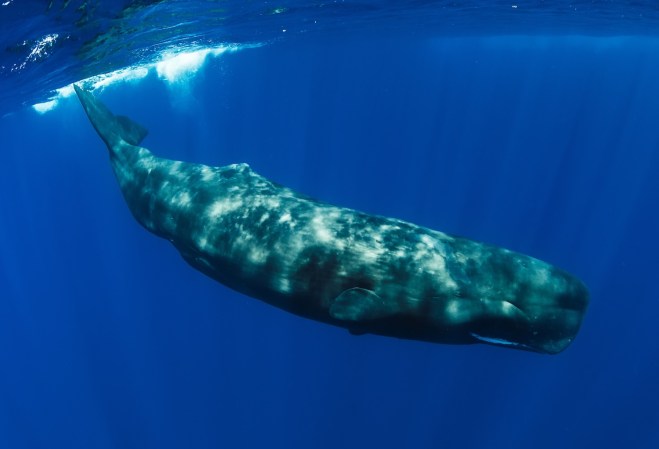

This article was originally featured on High Country News.
Packs are to wolves as families are to humans: They’re the species’ most essential social structure. The dynamics of a wolf pack — who its leaders are, how the members raise pups, how they hunt their prey, and how they respond to threats — determine the group’s survival.
But so far, the majority of wolf research has focused on the species’ population as a whole, rather than individual packs. Wolf populations tend to stay pretty steady despite human-caused mortality. But we also know that some wolves avoid busy roads, that heavily hunted wolves have high stress hormones, and that human development fractures wolf habitat. This gap in understanding led a group of National Park Service employees and biologists to ask: How does human activity alter individual wolf packs?
That question inspired a new study, recently published in the journal Frontiers in Ecology and Environment. The research analyzed how human-caused deaths — from hunting and poaching to car accidents and research captures — have affected nearly 193 wolf packs in five national parks and preserves. The researchers used data collected in those parks between the late 1980s and the present. Just over a third of the collared wolves living primarily in those protected national parks died of human-causes, and those deaths had negative consequences for some of the packs.
Packs affected by human-caused wolf deaths were less likely to reproduce, while losing a pack leader decreased the chances that the pack stayed together or had pups the next year. The researchers also found that pack size matters: Packs that were smaller to begin with were more likely to dissolve, while bigger packs proved more resilient. “If human families have to deal with the death of family members — like two in a row, or the leader of the family — that would be much more disruptive and harder to get through,” said lead author Kira Cassidy, a research associate with the National Park Service’s Yellowstone Wolf Project. Larger packs have more members waiting in the wings to take over any responsibilities and duties that a sudden void in the pack may leave unfilled.
Packs affected by human-caused wolf deaths were less likely to reproduce, while losing a pack leader decreased the chances that the pack stayed together or had pups the next year.
Cassidy said she recently observed this in Yellowstone. In late 2021, before hunting season, the park’s Junction Butte Pack had 28 members, making it a relatively large group. Hunters outside the park legally killed eight wolves, all of them young. The group rebounded quickly; In the spring of 2022, the pack had four litters of pups, and now has 25 members. A smaller pack may have broken up and dispersed, or not reproduced to that extent. “Socially, they’re fragile,” said co-author Doug Smith, the recently retired Yellowstone senior wolf biologist.
The study shows the importance of tracking wolf packs, rather than just population numbers, said Mark Hebblewhite, a University of Montana professor not involved in the research who studies wolves and ungulates. This new understanding shows wildlife managers that human boundaries can’t always protect wildlife. “This paper recognizes that national park animals like wolves and bison are vulnerable to harvest when they leave the park,” Hebblewhite said. “They spent all summer seeing hundreds of cars and thousands of people, and those people don’t do anything bad to them. And then they leave the park, walk right in front of an outfitter camp, and get hammered by somebody shooting them.”
The authors hope the study spurs more collaboration between national parks and neighboring states to limit humans’ effect on wolves living near the edge of protected areas. “This paper may be useful not only to point out how important packs are, (but also) how important it is for us to understand how we are responsible for impacting another species,” Cassidy said. “I’m pretty proud that this study gives people the information to say, ‘This is our impact.’”































